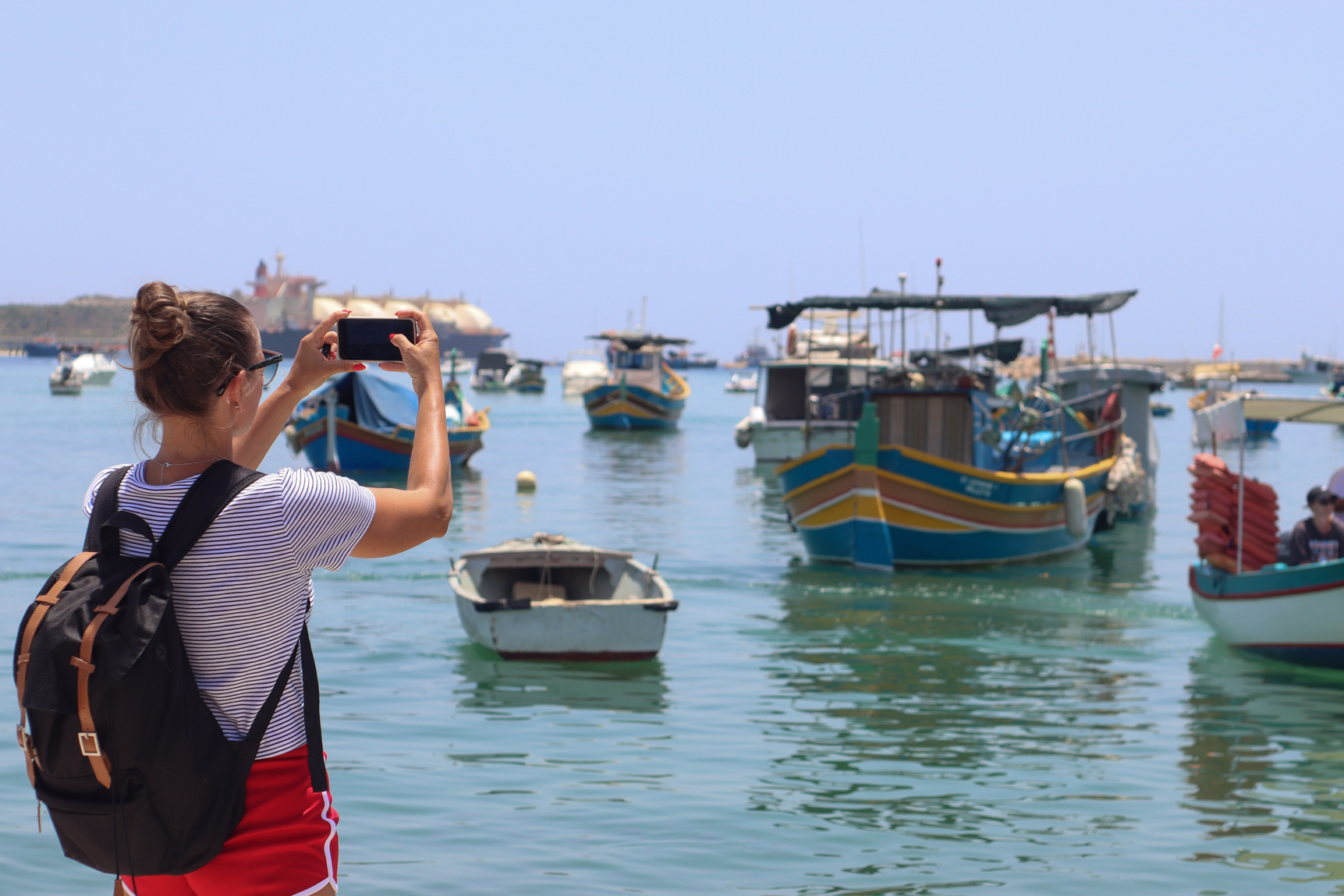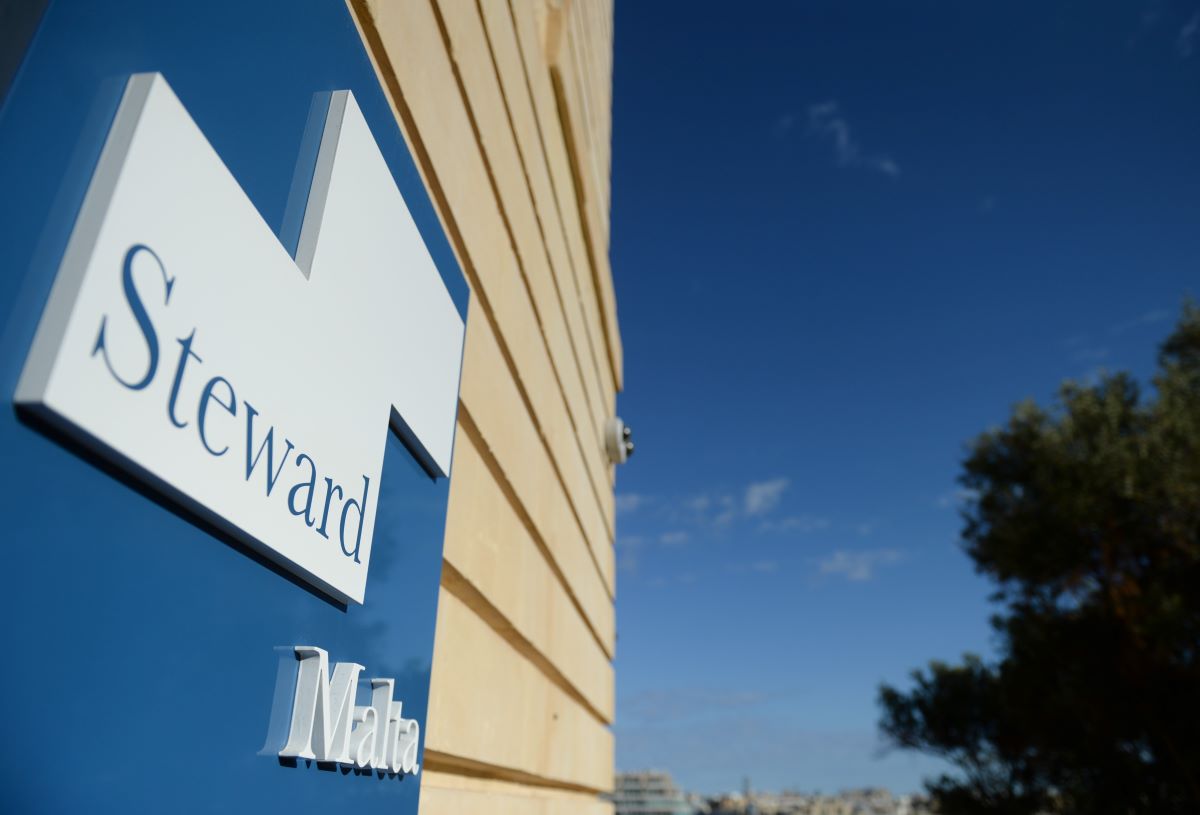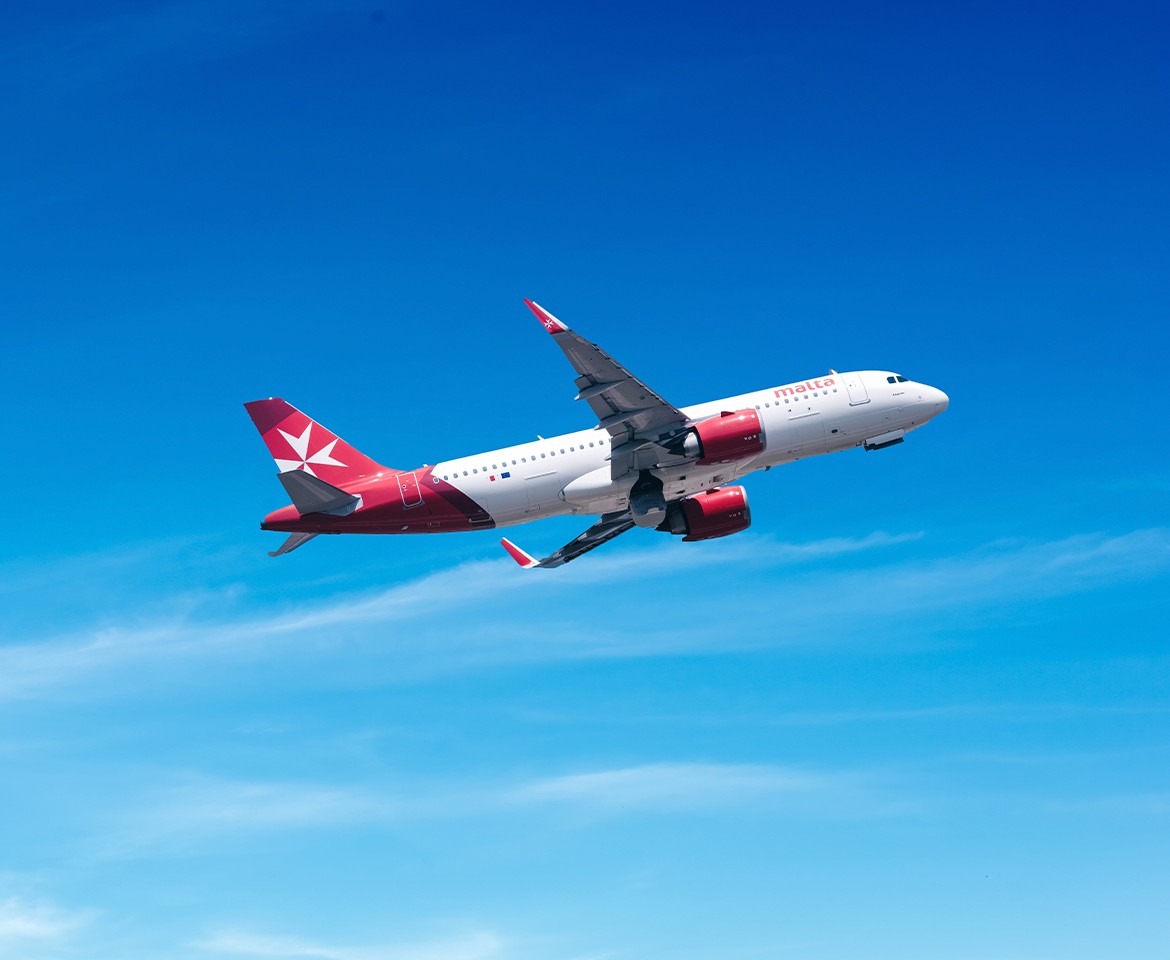Malta is well on track to top 3.5 million tourist arrivals during 2024, a significant increase over the previous year’s record 3 million arrivals and no less than 30 per cent more than the previous record of 2.7 million registered in 2019.
The projected figure indicates a stunning post-COVID recovery for Malta’s tourism sector, initially forecast to only return to pre-pandemic levels by 2025.
An analysis of National Statistics Office data reveals that October’s 356,000 arrivals built on the strong performance seen in the first nine months of 2024 to blast past the total number of arrivals registered in all of 2023 and reach 3.1 million.
This represents an increase of 19.4 per cent over the tourism arrivals seen in the first 10 months of 2023.
There were a total of 380,000 arrivals in November and December 2023. If the number of tourists coming to Malta in the last two months of 2024 were to remain level, it would be only 12,000 short of 3.5 million.
Arrivals across November and December need only increase by three per cent to reach that figure – a slight increase that will almost certainly be exceeded, given the 19.4 per cent increase seen thoughout the rest of the year.
Although it should be noted that arrivals in October 2024 only increased by 13.2 per cent when compared to the corresponding month in 2023, indicating a lower-than-average increase, it is safe to say with near-certainty that Malta will welcome more than 3.5 million tourists in 2024.
The large boost to Malta’s total tourist figures is driving significant investments across the islands, with several existing hotels undertaking significant expansions and others being built from the ground up.
Recent entrants to Malta’s hosptality sector include Barceló, ME Hotels and the Hyatt Regency, with interest also being expressed by other top brands like Anantara and Nobu. Meanwhile, the country’s first Hard Rock Hotel, with 394 rooms, is set to open in early 2026.
The number of new hotels being built or in the pipeline had led the Malta Hotels and Restaurants Association (MHRA) to warn of a glut in bed-spaces that would drive prices lower and threaten the sector’s sustainability.
A carrying capacity study commissioned by the MHRA and conducted by audit and advisory firm Deloitte in 2022 projected that Malta would need to attract 4.7 million tourists a year to retain a stable 80 er cent occupancy level across the hospitality sector. At the time, the figure caused considerable consternation as to the impact it would have on Malta’s utility, transport and service infrastructure.
A recent update to the study, released last month, revises that figure down to 4.4 million – a figure that could seem well within reach if the current growth trajectory can be extended for another couple of years.
The Remarkable Collective partners with Economiq Advisory to strengthen business services offering
The agreement integrates economic and international trade expertise into TRC’s existing portfolio of enterprise-focused services
KM Malta Airlines launches real-time delayed baggage tracker
The new service enables travellers to monitor their delayed luggage from any device through a dedicated link
Malta launches updated national AI strategy during Cabinet meeting at Techxpo 2025
The Prime Minister noted that Malta was among the first EU member states to launch a national AI strategy






